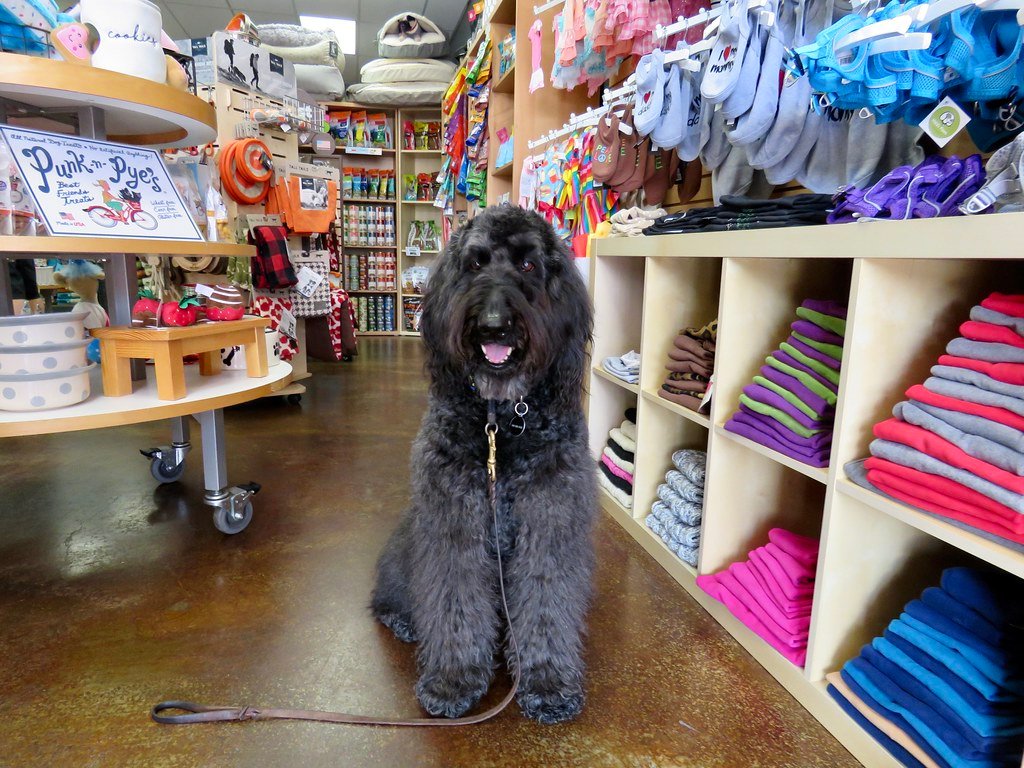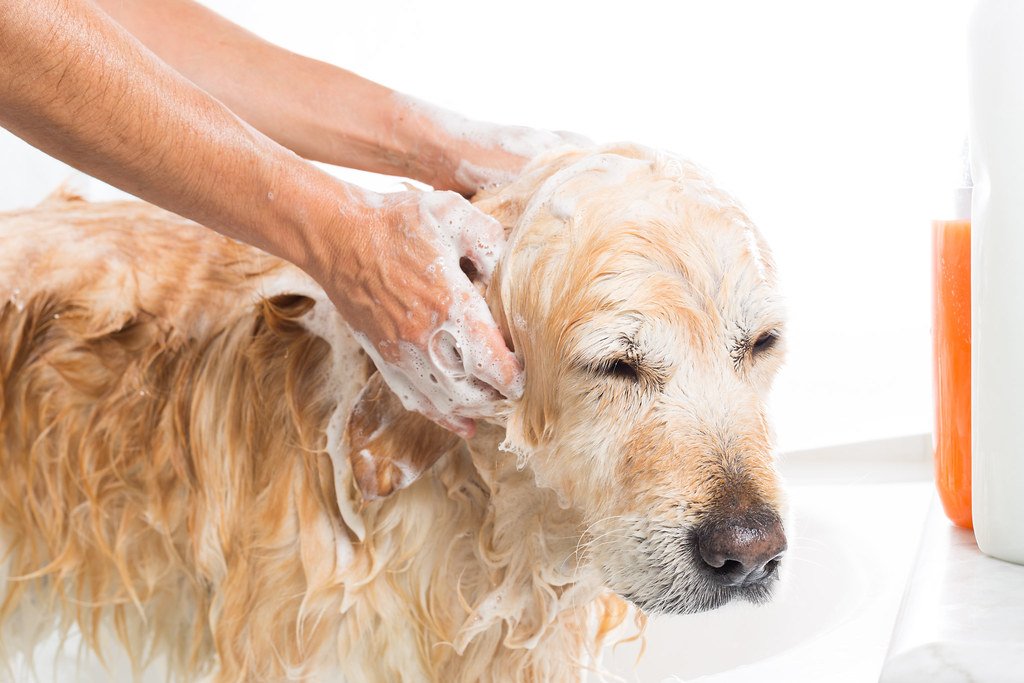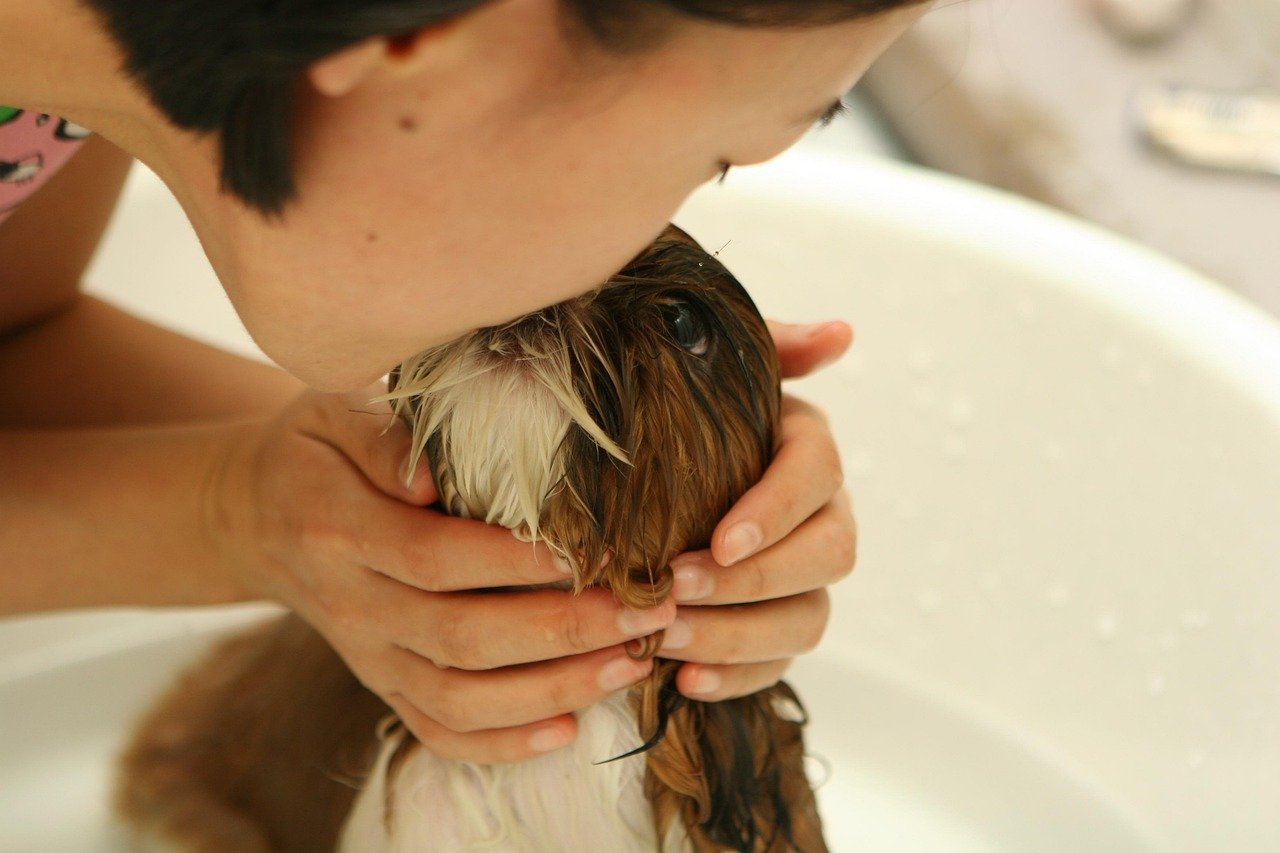Have you ever looked into your furry friend’s eyes and wondered—while they’re wagging their tail or snuggling close—what impact they’re making on the world? It’s a surprising thought, but our beloved pups, just like us, leave their own mark on the planet. From mountains of pet food packaging to the daily walks that sometimes mean a drive to the park, every little habit adds up. The truth is, your dog’s carbon pawprint might be bigger than you think! But don’t worry, making small changes can lead to big results. Whether you’re a seasoned dog parent or new to canine companionship, there’s so much you can do to help your four-legged friend tread more lightly on Earth. Ready to make your dog a climate hero? Let’s dig into 12 things you can start changing today—no superhero cape required, just a little love and some thoughtful choices.
Switch to Sustainable Dog Food Choices
The food you scoop into your dog’s bowl may seem innocent, but did you know pet food production is a surprisingly big CO2 emitter? Most kibble and canned foods rely heavily on beef and chicken, which have large environmental footprints due to land, water, and energy use. Consider switching to brands that use sustainable protein sources like fish, insect protein, or even plant-based options. These alternatives still deliver the nutrients your dog needs while being gentler on the planet.
Sustainable dog food brands are popping up everywhere, offering products with locally sourced, organic, or by-product ingredients. If your pup has a sensitive stomach, consult your vet about the best eco-friendly options. Making this change doesn’t mean sacrificing quality or taste—many dogs love the new flavors, and you’ll feel good knowing you’re helping cut down on greenhouse gas emissions every mealtime. Plus, you might even inspire other dog parents at the park to make the switch!
Reduce Food Waste with Smart Portions
Every time we toss leftover dog food or those stale treats, we’re not just wasting food—we’re wasting all the resources that went into making it. Overfeeding doesn’t just expand your dog’s waistline; it expands their carbon pawprint too. Start by measuring your dog’s meals accurately using a kitchen scale or measuring cup. This simple habit keeps your pup at a healthy weight and ensures nothing goes to waste.
If you do have leftovers, think twice before tossing them. Some foods can be safely stored in the fridge or freezer for another day. You can even get creative with treats—try making homemade dog biscuits from food scraps like carrot tops or sweet potato peels (as long as they’re safe for dogs). By being mindful about portions and leftovers, you’ll save money, reduce waste, and keep your dog healthier too.
Choose Eco-Friendly Dog Toys

Those squeaky toys and knotted ropes may bring endless joy to your pup, but most are made from plastic, rubber, or synthetic fibers that stick around in landfills long after playtime’s over. Next time you shop for toys, look for ones made from recycled materials, organic cotton, or natural rubber. Not only are these better for the planet, but they’re often safer for your dog’s health as well.
If you’re feeling crafty, try making your own toys at home. Old t-shirts can be braided into tug ropes, or you can fill a sock with crinkly paper for a new DIY squeaker. These homemade options are not only fun for your dog but also give a second life to things you might otherwise throw away. Imagine the joy on your pup’s face knowing their favorite toy is as good for the Earth as it is for playtime!
Adopt Reusable or Biodegradable Poop Bags

Dog poop is a fact of life, but the plastic bags we use to pick it up are a major environmental problem. Millions end up in landfills every day, where they can take centuries to break down. Make a quick switch to biodegradable or compostable poop bags. They’re widely available and break down much faster than traditional plastic, reducing your dog’s landfill legacy.
If you want to go a step further, consider using a pooper scooper at home and composting your dog’s waste (with the right setup—never use it on edible plants!). Just imagine: every time you take your dog for a walk, you could be making a tiny dent in the global plastic crisis. It’s a small change with a big ripple effect!
Support Local and Ethical Pet Brands

Where you spend your money matters. By choosing to buy from local, ethical pet brands, you can cut down on the carbon emissions from shipping goods across the globe. Local businesses often source their ingredients and materials nearby, reducing transport-related pollution and supporting your community at the same time.
Next time you need food, treats, or gear, check out nearby pet stores or farmers’ markets. You’ll often find unique, high-quality products you can’t get at big chain stores. Plus, supporting small businesses makes you part of a movement toward more responsible, earth-friendly consumer habits. You and your dog can both feel good about that.
Minimize Grooming Product Waste

Bath time doesn’t have to mean bottles and bottles of plastic ending up in the trash. Look for dog shampoos and conditioners that come in recyclable packaging, or even better, in bar form. These products last longer, take up less space, and create far less waste than traditional bottles.
You can also choose grooming products with natural, biodegradable ingredients instead of harsh chemicals. Not only do these options help keep waterways clean, but they’re gentler on your dog’s skin. Over time, making thoughtful choices about grooming supplies can lead to a cleaner environment and a happier, healthier pup.
Embrace Upcycled and Secondhand Pet Gear
From beds to leashes to crates, pet gear can be expensive and resource-intensive to produce. Before buying new, see if you can pick up gently used items from thrift stores, online marketplaces, or local dog rescues. Upcycling and reusing pet gear keep perfectly good items out of landfills and reduce demand for new production.
If your dog’s bed is looking a little worn, try giving it a refresh with a homemade cover or patch. Leashes and collars can sometimes be spruced up with simple sewing skills or creative flair. Not only does this approach save money, but it also gives you a chance to add a personal touch to your dog’s essentials.
Walk More, Drive Less
Taking your dog on adventures is one of the best parts of having a furry companion. But if you’re hopping in the car for every walk or playdate, the carbon emissions from those short trips add up quickly. Consider exploring your neighborhood on foot, or finding local parks within walking or biking distance.
If you do need to drive, try carpooling with a friend and their pup, or combine errands with dog outings to reduce the number of trips. Walking more isn’t just better for the planet—it’s healthier for you and your dog, and you’ll probably discover new places in your own backyard. Sometimes the best adventures are the ones closest to home.
Try At-Home Dog Training Methods
Dog training classes can be wonderful, but driving back and forth every week increases your carbon footprint. There are plenty of training resources—books, online videos, and virtual classes—that let you work with your dog at home. These approaches save fuel, time, and sometimes even money.
Training at home can also strengthen the bond between you and your pup. You’ll learn together at your own pace, and your dog will love getting extra attention from their favorite human. The next time you’re tempted to jump in the car for a quick class, see if there’s a way to achieve the same results from your living room.
Eco-Friendly Cleaning and Maintenance

Dog messes are inevitable, but cleaning up after your pet doesn’t have to be hard on the planet. Switch to eco-friendly cleaning products that are non-toxic, biodegradable, and packaged in recyclable containers. These products are just as effective as conventional cleaners, but much safer for your home, your dog, and the environment.
You can even make your own cleaning solutions with simple ingredients like vinegar and baking soda. These natural alternatives tackle odors and stains without releasing harsh chemicals into your home. With a few easy swaps, you’ll keep your house fresh and your eco-conscience clear.
Choose Energy-Efficient Pet Gadgets
Automatic feeders, heated beds, and electronic toys can make life easier for busy pet parents, but they can also guzzle electricity. Look for energy-efficient models or gadgets with rechargeable batteries to minimize your dog’s energy use. When possible, unplug devices when they’re not in use to avoid wasting power.
If you’re considering a new gadget, ask yourself if it’s truly necessary. Sometimes, the best entertainment for your dog is a simple game of fetch or a walk in the yard. By being mindful about electronics, you’ll help reduce your dog’s indirect energy footprint and save money on utilities too.
Get Involved in Local Dog-Friendly Green Initiatives
Bringing your dog along to community cleanups, tree plantings, or park restoration days does more than just show your support—it turns you both into role models for other pet owners. Many cities now host pet-friendly volunteer events where your dog can meet new friends while you make a difference together. These experiences are rewarding and can help you connect with like-minded people who care about both animals and the planet. Your dog will love the new sights and smells, and you’ll leave feeling like you’ve done something truly meaningful.
Reducing your dog’s carbon pawprint doesn’t mean sacrificing their comfort or happiness—it means making thoughtful, sustainable choices that benefit both your pet and the planet. From switching to eco-friendly products to adjusting diet and travel habits, even small changes can add up to a big impact over time. As dog owners, we have the power to lead by example and show that caring for our companions can go hand in hand with caring for the Earth. By taking these steps today, you’re not just protecting your pup’s future—you’re helping create a cleaner, greener world for all living beings.

Andrew Alpin from India is the Brand Manager of Doggo digest. Andrew is an experienced content specialist and social media manager with a passion for writing. His forte includes health and wellness, Travel, Animals, and Nature. A nature nomad, Andrew is obsessed with mountains and loves high-altitude trekking. He has been on several Himalayan treks in India including the Everest Base Camp in Nepal.





